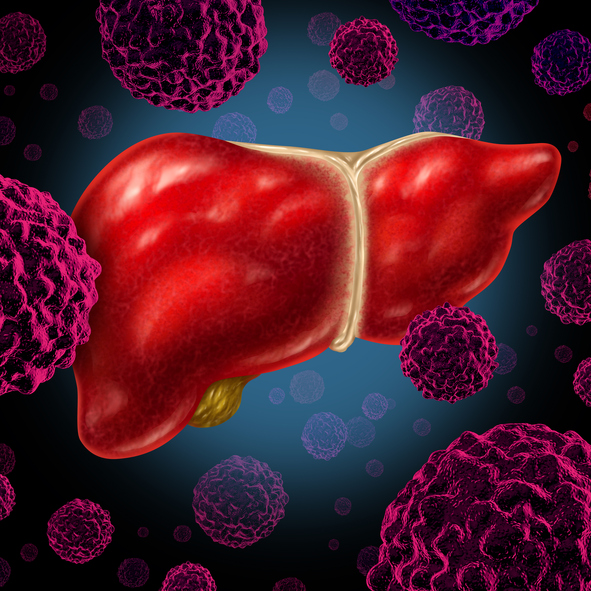
Organ-on-a-chip pioneer Emulate has published a large-scale study showing it’s liver-on-a- chip has 87% sensitivity, 100% specificity, and could deliver a $3 billion productivity gain for toxicity screening in drug development. This is the type of step that is crucial to overcoming the huge failure rate in drug discovery and development.
The Emulate study appears this week in Nature Communications Medicine. The lead author is Lorna Ewart, Chief Scientific Officer, Emulate.
Emulate reports this was “the single largest Organ-Chip study to date.” Researchers compared the performance of the company’s human Liver-Chips in predicting drug-induced liver injury (DILI) to those of animal in vivo models—the current industry standard—and primary human 3D hepatic spheroids. Researchers assessed the performance of 870 Emulate human Liver-Chips across a blinded set of 27 known hepatotoxic and non-toxic drugs.
This study, the company reports, effectively qualifies the Emulate human Liver-Chip model against the guidelines defined by IQ MPS, an affiliate of the International Consortium for Innovation and Quality in Pharmaceutical Development. In line with the IQ MPS guidelines, the tested drugs included seven matched pairs that demonstrate the chip’s ability to distinguish toxic drugs from their less toxic structural analogs.
“This first-of-its-kind study demonstrates the Emulate human Liver-Chip can better predict drug safety than other methods for modeling liver toxicity,” said Jim Corbett, Chief Executive Officer of Emulate. “In light of these findings, the pharmaceutical industry and government agencies have a responsibility to both patients and researchers to bring efficient, accurate, and safe preclinical testing models—like Organ-Chips—into the drug development process.”
The Emulate human Liver-Chip correctly identified 87% of the tested drugs that caused drug-induced liver injury in patients despite passing animal testing evaluations, in this study. The human Liver-Chip also did not falsely identify any drugs as toxic, leading to a 100% specificity and supporting its use in toxicology screening workflows.
The researchers also modeled the potential economic impact that routine use of the Emulate human Liver-Chip could have on drug development productivity. By simply improving the ability to detect hepatotoxicity with 87% sensitivity, they estimated that broad adoption of the Emulate human Liver-Chip could increase research and development productivity by $3 billion dollars on an annual basis for the small molecule drug development industry.
Their computational economic value analysis also estimated that routine use of Organ-Chips to assess cardiovascular, neurological, immunological, and gastrointestinal small molecule toxicities could similarly generate approximately $24 billion dollars per year due to increased research and development productivity.
“The predictive validity of a model is the rate limiting step in drug research and development,” said Jack Scannell, PhD, CEO of Etheros Pharma Corp. “These models are under-evaluated, and the financial value of good models remains opaque; consequently, model innovation is poorly incentivized. Two outcomes from the Emulate study have implications that extend well beyond toxicity. First, it sets the benchmark for model evaluation, and secondly it shows how to map from model validity to decision quality to dollar value. After all, if we want the scientific community to invest in better models, we need to work out how much they are worth.”
“This study is one of the most critical developments in the field of Organ-on-a-Chip technology,” said Zaher Nahle, PhD, MPA, Chief Science Officer at the Center for Contemporary Sciences. “It shows the primacy and utility of the technology in predictive toxicology. It also demonstrates the immediate readiness of such technology to transform critical phases of the drug development process, in particular lead optimization and preclinical assessment, making the entire process safer, cheaper, faster, and more effective.”











